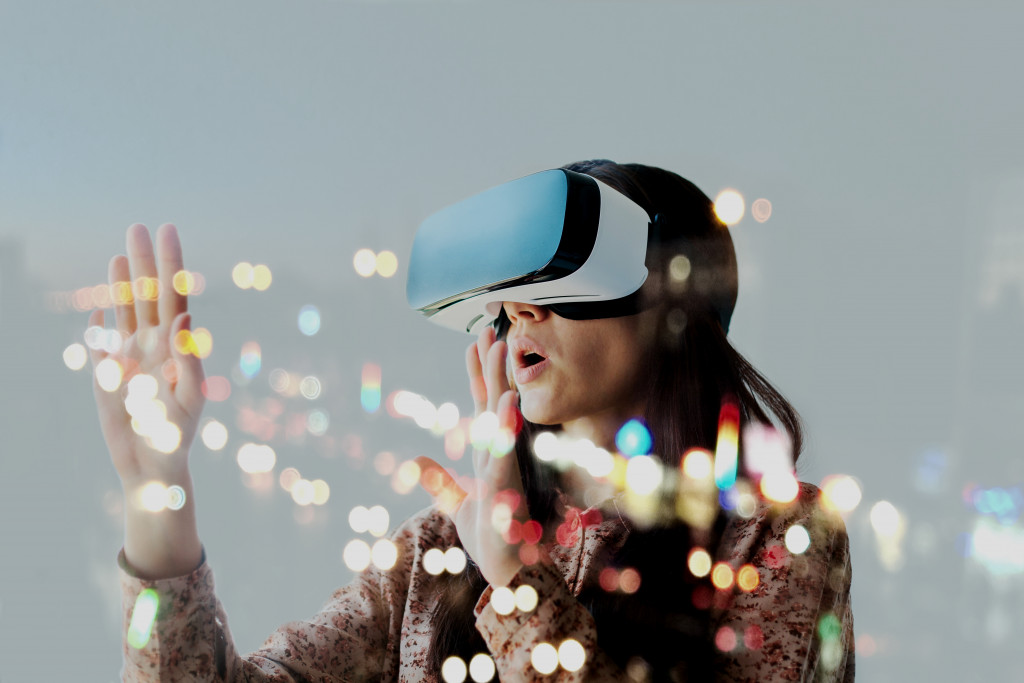The events industry has been one of many that have faced many challenges this past year. With the global health crisis preventing conferences, exhibitions, and corporate events, the industry has faced not only major job losses but also a plummet in revenue.
Using technology has proved to be the difference between survival in the industry and the complete shutdown of business events. While there is still no end in sight for the COVID-19 pandemic as far as we can see, how will technology keep the event industry afloat in the following months?
Virtual conferences
Millions of companies around the globe were forced to shift to work-from-home setups following COVID-19 protocols that restricted the movement of non-essential employees. This shift also allowed businesses to reduce overhead costs, which helped offset lost revenue due to the pandemic.
The work-from-home setup was made possible by modern communication technologies, particularly video conferencing tools like Zoom and Skype. Video conferencing allows people to “meet up” virtually wherever they are in the world, becoming the ‘new normal’ for corporate meetings, team huddles, and one-on-one coaching sessions in the virtual workplace.
The technology was soon adopted by the events industry in the early weeks of the pandemic. After countless in-person events were canceled or postponed indefinitely, event organizers saw the potential in video conferencing as a viable alternative to face-to-face events. Soon, virtual events became the new normal, with organizations holding everything from seminars to company parties on virtual spaces.
Event companies now offer services for organizing virtual events. Some companies like Cosm even cater to virtual concerts that allow audiences to watch shows wherever they may be. We can only expect this trend to continue in 2021 until the pandemic ends and life returns to normal, which means that we will probably be stuck behind our screens for quite a while longer.
Touchless technology
The COVID-19 pandemic has not completely stopped organizations from conducting events. Some companies are still choosing to hold in-person events, albeit with limited capacity and strict health protocols to prevent the transmission of the virus amongst attendees.
COVID can transfer from person to person through infected secretions, such as saliva and mucus. Inhalation is the most common mode of transmission, but there is also a good chance of a person catching the virus when they touch an infected surface and unknowingly ingest the secretions or droplets (via eating with their hands, touching their face, touching the rim of a glass then drinking from it, etc.). That said, one of the best ways to prevent virus transmission is to minimize the need for direct physical interactions—both with people and with objects.
Touchless technology is an excellent solution for this unique problem. To minimize the transmission of COVID-19 as much as possible, event organizers are using touchless devices such as motion-activated hand sanitizers, touchless thermal scanners, voice-activated kiosks, and registration kiosks with facial recognition technology—all of which eliminate the need to touch objects in order to interact with them.

High-tech sanitation tools
Event organizers are required to uphold sanitation guidelines as per the CDC and local government instructions. Additional sanitation, however, is upon the prerogative of the organization and the event organizers themselves.
With the increased need for robust sanitation, tech companies like InCharged and StretchStructures are stepping up with their sanitation technology. There are sanitizing equipment that can cover huge amounts of space at one time, allowing organizers to save time and money in sanitizing venues. For individual sanitation of attendees, inflatable tents with disinfection sprays ensure people are sanitized from head to toe before entering an event venue.
While high-tech sanitation tools do not eliminate the risk of COVID, they do minimize that risk far better than standard sanitation techniques.
Beacon technology
Physical distancing is one of the main guidelines in preventing the spread of COVID-19. Beacon technology, when used in event venues, promote physical distancing between attendees by emitting proximity alerts when they are too close together.
This type of technology can also support contact tracing efforts in case someone in the venue has become sick. Accent Systems is one of the companies that produce contact tracing wristbands that store encrypted information of the wearer which organizers can use to alert them in case someone who attended the event got sick with COVID. It allows for quick notification that could potentially save a lot more people from catching the virus.
Conclusion
The event industry is not dead, even amidst a global pandemic, but it is definitely struggling. These technologies help event organizers continue holding events, whether it’s virtual, hybrid, and in-person, with as minimal risk to their attendees as possible.
